Can Ring Floodlight Camera Be Mounted Horizontally ?
Yes, the Ring Floodlight Camera can be mounted horizontally.
1、 Ring Floodlight Camera: Horizontal Mounting Options and Considerations
Yes, the Ring Floodlight Camera can be mounted horizontally. The camera is designed to be versatile and can be mounted in various orientations to suit your specific needs.
When mounting the Ring Floodlight Camera horizontally, there are a few considerations to keep in mind. First, ensure that the camera is securely attached to a stable surface. This will help prevent any movement or shaking that could affect the camera's performance. Additionally, make sure that the camera is positioned at a suitable height and angle to capture the desired field of view.
It is important to note that when mounting the Ring Floodlight Camera horizontally, the camera's motion detection may be affected. The camera's motion sensors are optimized for vertical mounting, so mounting it horizontally may result in a slightly reduced range of motion detection. However, this should not significantly impact the camera's overall functionality.
It is also worth mentioning that the latest version of the Ring Floodlight Camera may have additional features or improvements that enhance its horizontal mounting capabilities. It is always recommended to refer to the product's user manual or consult with Ring's customer support for the most up-to-date information and guidance on mounting options.
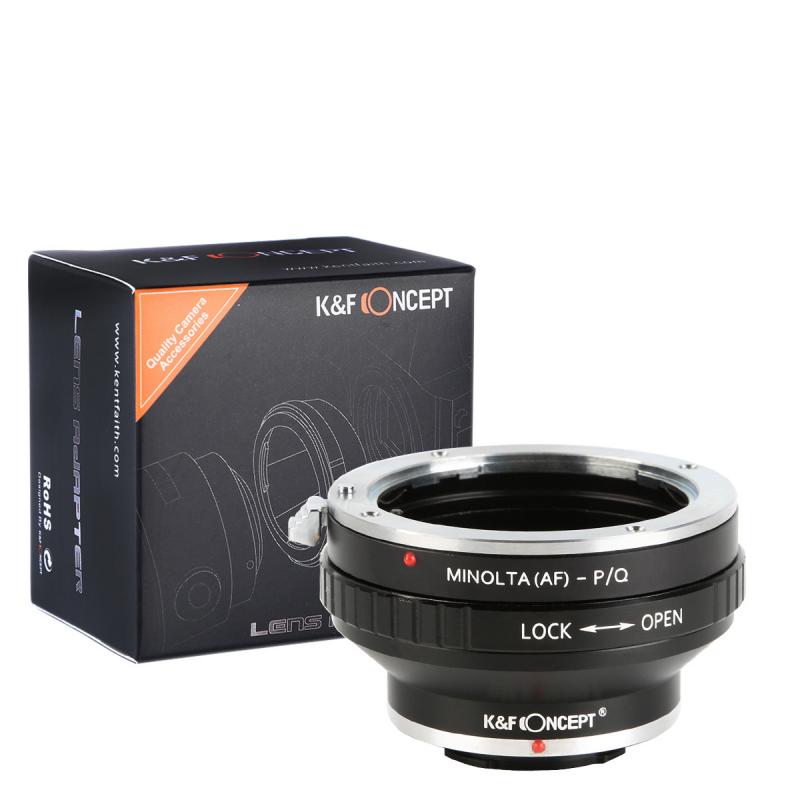
2、 Horizontal Installation of Ring Floodlight Camera: Pros and Cons
Yes, the Ring Floodlight Camera can be mounted horizontally. This allows for more flexibility in terms of placement and coverage. However, there are both pros and cons to consider when opting for a horizontal installation.
One of the main advantages of mounting the Ring Floodlight Camera horizontally is the increased field of view. By positioning the camera horizontally, you can capture a wider area, which can be beneficial for monitoring large spaces such as driveways or backyards. This can provide a more comprehensive surveillance solution and potentially reduce the need for multiple cameras.
Another advantage is the ability to adjust the camera's angle more easily. With a horizontal installation, you can easily tilt and rotate the camera to ensure optimal coverage and minimize blind spots. This flexibility allows for better customization based on your specific surveillance needs.
However, there are also some drawbacks to consider. One potential disadvantage is the reduced height of the camera. Mounting the camera horizontally may result in a lower vantage point, which could limit the camera's ability to capture details at a distance. This could be a concern if you are primarily using the camera for security purposes and need to identify individuals or license plates from a distance.
Additionally, a horizontal installation may not be suitable for all mounting locations. Depending on the structure and layout of your property, a vertical installation may be more practical or provide better coverage. It is important to assess your specific needs and the layout of your property before deciding on the orientation of the camera.
In conclusion, while the Ring Floodlight Camera can be mounted horizontally, it is essential to weigh the pros and cons before making a decision. Consider factors such as the desired field of view, camera angle, and the specific layout of your property to determine the most suitable installation orientation.
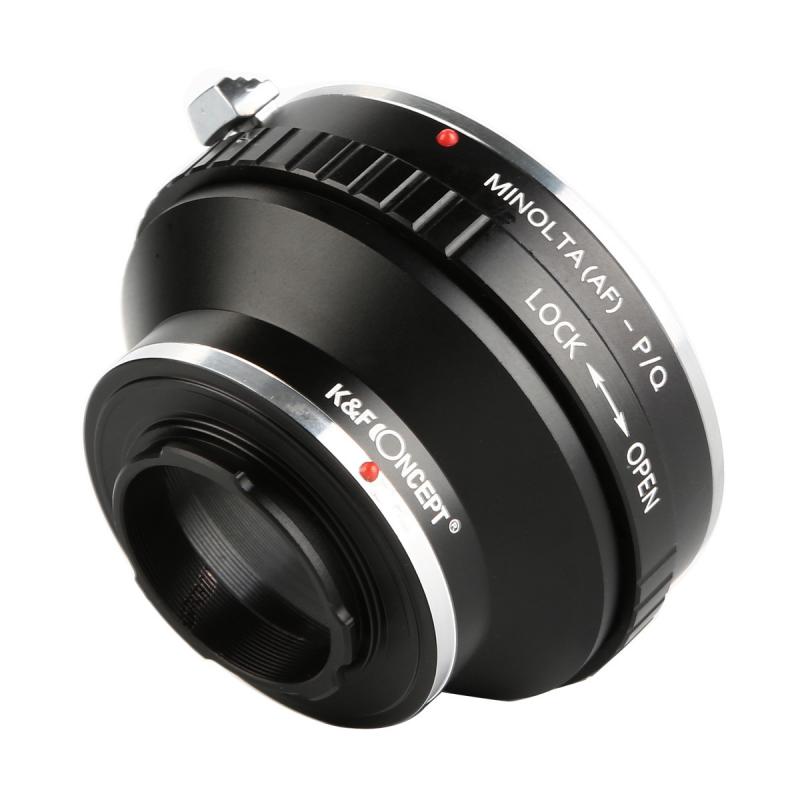
3、 Mounting the Ring Floodlight Camera Horizontally: Step-by-Step Guide
Yes, the Ring Floodlight Camera can be mounted horizontally. The camera is designed to be versatile and can be installed in various orientations to suit your specific needs. Whether you want to mount it vertically or horizontally, the camera will still function effectively.
To mount the Ring Floodlight Camera horizontally, follow these step-by-step instructions:
1. Choose the desired location: Select a spot where you want to install the camera. Make sure it provides a clear view of the area you want to monitor.
2. Turn off the power: Before starting the installation process, turn off the power supply to the existing light fixture at the breaker box.
3. Remove the existing light fixture: Unscrew and remove the existing light fixture from the wall or ceiling.
4. Install the mounting bracket: Attach the mounting bracket to the wall or ceiling using the provided screws. Ensure that it is securely fastened.
5. Connect the wires: Connect the camera's wires to the corresponding wires in the junction box. Follow the provided instructions for proper wiring.
6. Attach the camera: Once the wiring is complete, attach the camera to the mounting bracket. Make sure it is firmly secured.
7. Adjust the camera angle: Adjust the camera angle to ensure it captures the desired area. Use the provided tools to tighten the camera in place.
8. Restore power: Turn the power back on at the breaker box and test the camera to ensure it is functioning correctly.
It is important to note that the latest point of view may vary depending on any updates or changes made by the manufacturer. Therefore, it is always recommended to refer to the official Ring Floodlight Camera installation guide for the most up-to-date instructions.
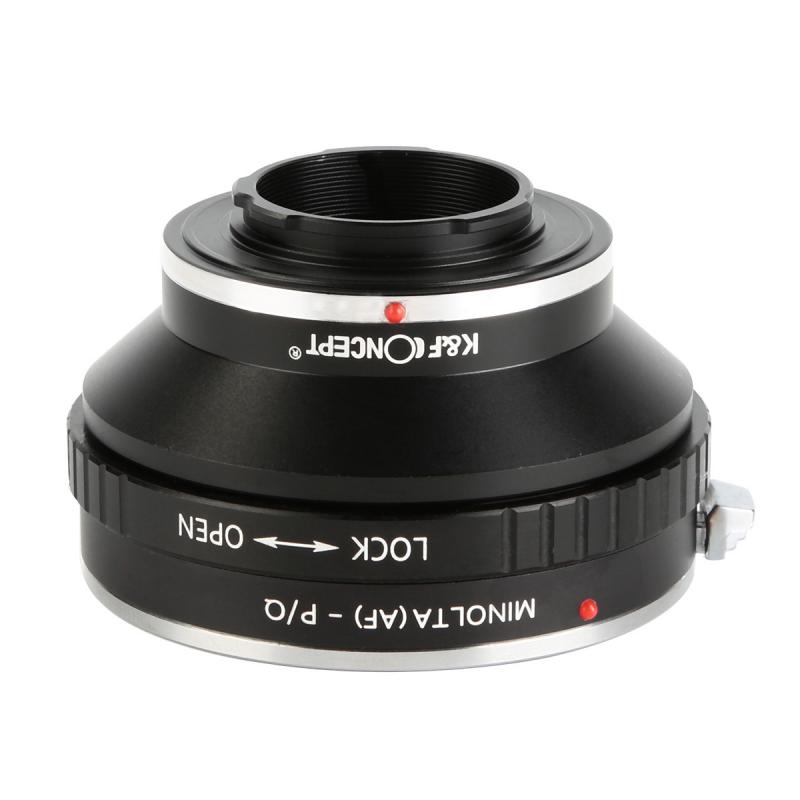
4、 Horizontal Placement of Ring Floodlight Camera: Best Practices and Tips
Yes, the Ring Floodlight Camera can be mounted horizontally. In fact, Ring provides the option to mount the camera in either a horizontal or vertical position, depending on your specific needs and preferences.
When it comes to the best practices and tips for horizontal placement of the Ring Floodlight Camera, there are a few things to consider. First and foremost, it is important to ensure that the camera is securely mounted to a stable surface. This will help to prevent any movement or shaking that could affect the camera's performance.
Additionally, it is recommended to position the camera in a location that provides a clear and unobstructed view of the area you want to monitor. This may require some experimentation and adjustment to find the optimal angle and placement.
Another important consideration is the camera's field of view. The Ring Floodlight Camera has a wide-angle lens that provides a 140-degree field of view. When mounting the camera horizontally, it is important to take this into account and position the camera in a way that maximizes its coverage.
Lastly, it is worth mentioning that Ring regularly updates its products and provides firmware updates to improve performance and add new features. Therefore, it is always a good idea to check for any updates and ensure that your Ring Floodlight Camera is running the latest software version.
In conclusion, the Ring Floodlight Camera can be mounted horizontally, and by following the best practices and tips mentioned above, you can ensure optimal performance and coverage for your surveillance needs.
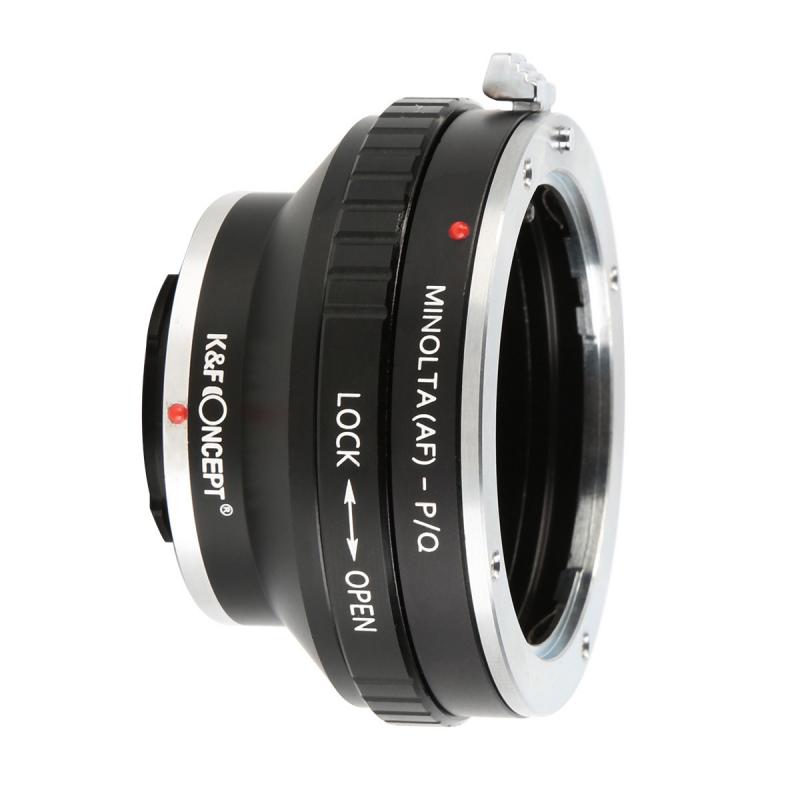

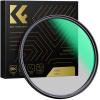

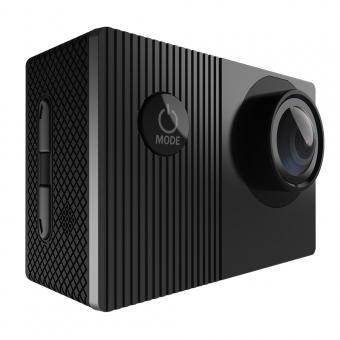

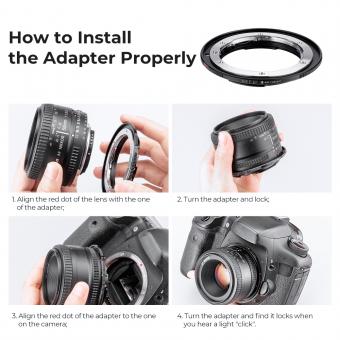
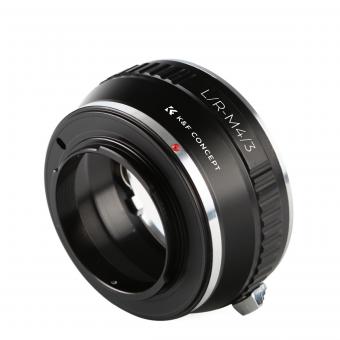


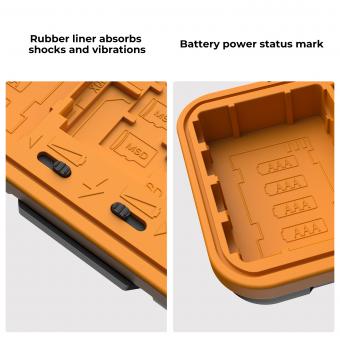

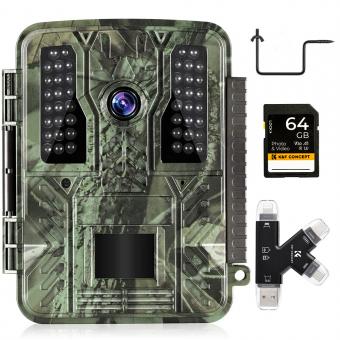


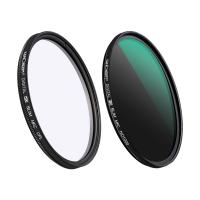



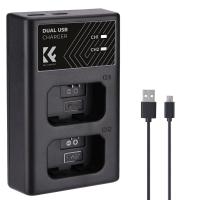


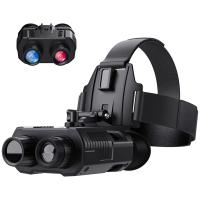
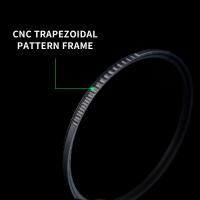

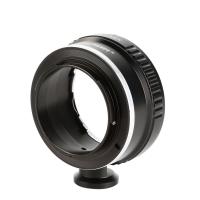

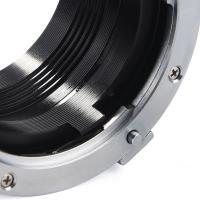
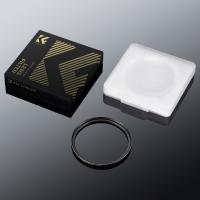
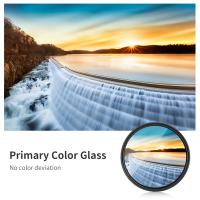
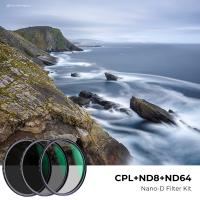
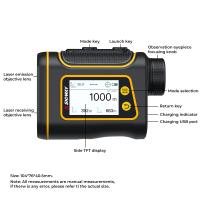
There are no comments for this blog.